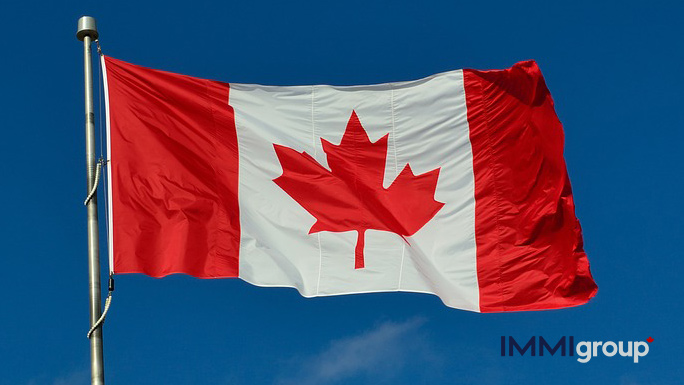The History of Canadian Passports

With the recent changes to the Canadian passport, we thought you might want to know how we got here. Presenting
A History Of The Canadian Passport
- History
- Regular Passports
- Frequent Traveler Passports
- Temporary Passports
- Special Passports
- Diplomatic Passports
The modern form of passport in Canada came into being during the United States’ Civil War. The American federal government had begun requiring a passport to enter from Canada in order to identify real Canadians from Confederate spies posing as Canadians. The Governor General of Canada began issuing a “Letter of Request” to any potential travelers, so that Canadians had a standard form of international ID. The Letter of Request was the only acceptable documentation for Canadians seeking to enter the United States. Soon, it became the de facto Canadian passport until the First World War.
After the First World War, the Canadian Passport officially came into existence, but it was only available to British Subjects residing in Canada, as Canada was a British colony at the time. There were actually two different types: those issued to those born as British Subjects, and those issued to naturalized British Subjects.
A special passport was issued to Canadian veterans to attend the dedication of the Vimy ridge memorial in 1936.
Vimy Passport [Public Domain]
When Canadian Citizenship came into existence in 1947, a new Canadian Passport available only to Canadian citizens became necessary. This was first made available in 1948. The Canadian Passport stayed the same until 1985, when the International Civil Aviation Authority led the effort to standardize passports around the world. As a result, Canadian Passports were redesigned to be “machine readable” (those little arrows before and after your name).
The latest change is the ePassport: as of July 1, 2013 Canadian Passports are now embedded with a computer chip that contains each individual’s vital statistics, as well as a digital picture of the bearer’s face. This is a result of an international effort to re-standardize passports with new technology, to help deter identity theft, terrorism and human smuggling.
As it stands right now, there are six types of Canadian Passports:
Regular Passports
These are for all the citizens. They are usually for regular trips out of the country. These include vacations and business trips. They were usually valid for a period of five years but the new ePassports are valid for 5 or 10 years.
Frequent Traveler Passports
This type of passport is for the Canadian citizens who are fond of traveling out of the country. These include business people who are often out of the country. They are distinguished by having twice as many visa-stamp pages.
Temporary Passports
These are for the citizens who are abroad or out of the country and who have lost their passports. They are for emergency purposes only. They usually expire after the Canadian citizen has returned home.
Special Passports
This type of passport is for the citizens of the country that are international representatives of Canada but not diplomats, including Members of Parliament and Government, soldiers serving abroad, public servants and any other citizens performing non-diplomatic roles abroad for the federal government.
Diplomatic Passports
Diplomatic passports are issued to Canadian diplomats working in other countries and sometimes at international agencies. These passports are also issued to the viceregal representatives to any citizens given temporary official diplomatic missions. These passports normally convey diplomatic immunity to the bearer. Both special and diplomatic passports have been issued as e-passports for few years now, in an effort to slowly phase-in the new technology.
This article was commissioned by George Laczko.
For more information on the new e-passport, please visit Passport Canada’s website.
